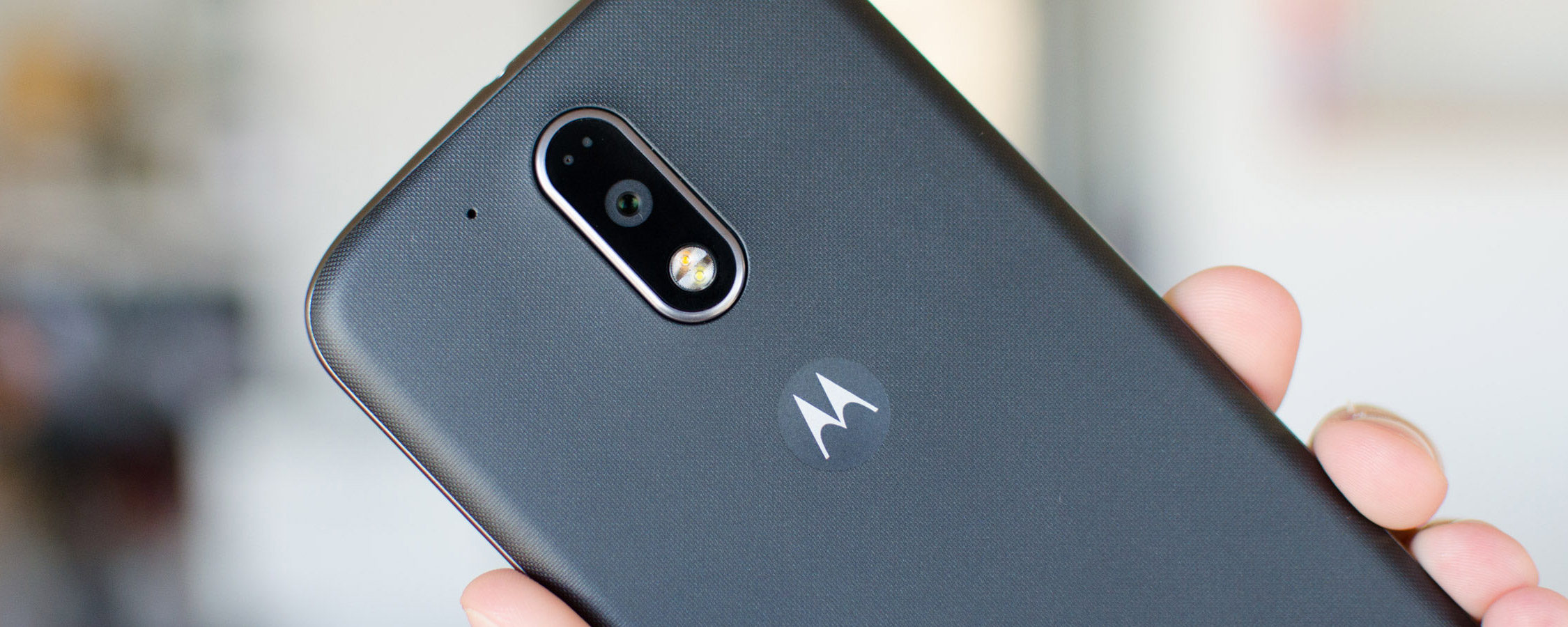Camera: 16 Megapixels from OmniVision
The Moto G4 Plus features a 15.9-megapixel (4608 x 3456, 4:3) OmniVision OV16860 1/2.39" CMOS sensor on the rear, with an impressive 1.305 µm pixels; larger than the pixels found in most high-end 16-megapixel smartphone cameras. This sensor is paired with a 27mm (effective) f/2.0 lens, and uses both a laser-assisted system and phase detection for autofocus.
On the front is a 5.0-megapixel (2592 x 1944, 4:3) OminVision OV5693 1/4" CMOS sensor, with 1.4 µm pixels. It's paired with a 26mm (effective) f/2.2 lens. Both the front and back cameras are capable of 1080p video recording, along with 540p slow motion at 120 frames per second.
I was very impressed with the Moto G4 Plus' rear camera, making this the first OmniVision sensor I've seen that performs well at its price point. The quality of this camera is a noticeable step up from the 2015 Moto G, and it comfortably bests the camera of the LG G3, an older flagship that's available at a similar price.
The level of detail from the 16-megapixel sensor is good. When downsized to 1440p or 1080p, shots from the G4 Plus look sharp, and there's enough resolution for crops and image manipulation. When viewing 100% crops, there is an acceptable amount of detail, although the camera does apply some processing to improve sharpness that can introduce artefacts. The Moto G 2015's camera is softer, and seems to pack less detail into its full resolution photos.
Dynamic range from this sensor is better than I expected, perhaps not as good as Sony's latest Exmor sensors, but still very good. Contrast is improved through a fantastic automatic HDR mode, which is applied in all the right circumstances. Bokeh is not particularly amazing from the f/2.0 lens, although I did manage to capture some decent macro photos at times.
 |
 |
 |
Perhaps the most impressive aspect of the Moto G4 Plus' camera is excellent color reproduction. This camera has accurate metering, which leads to accurate colors that do a great job of balancing saturation and exposure. The camera is particularly good outdoors, but colors are also above average in more challenging lighting, such as indoors. If anything there is a slight tendency to give white areas of images a pink tone, though the issue is very minor.
The G4 Plus' camera isn't perfect, though. Some images I took indoors ended up a touch blurry or out of focus, which indicates the software stabilization isn't great. This device could benefit from OIS, however it's understandable that this hardware feature hasn't been included at this price point. The good news is that grain is not often an issue, thanks to above average pixel size.
 |
 |
 |
Low light performance is okay but not amazing, and that's what I expected from a mid-range camera system. Again, OIS would improve images here. There is a manual mode included in the camera app for adjusting ISO and shutter speed, which can be beneficial in that you can lower the shutter speed significantly for better low light images if your hand is steady enough.
The camera app isn't particularly impressive. The interface is basic, which does reduce clutter, but additional shooting modes are hidden behind unlabelled and unclear icons. Tapping on the preview adjusts focus and spot meters, and you can slide on the display to adjust exposure. I prefer matrix metering over spot metering, and often when you want to adjust focus you lose the ideal exposure. The amount of shooting modes included is very slim: auto, manual, panorama, video and slow motion.
My main issue with the camera is that the app can take a long time to open and initialize, which slows down the shooting experience. Focus speeds are decent from the laser-assisted autofocus system, but that's of little consequence if it takes more than a second to actually open the app in the first place. Capture speeds can often be a tad slow as well.
The front-facing camera is below average, which is disappointing. Photos I took in low light in particular - key for selfie cameras - were often blurry and lacked detail. It seems Motorola placed a lot of emphasis on the rear camera, with the trade-off being a lacklustre front camera.





